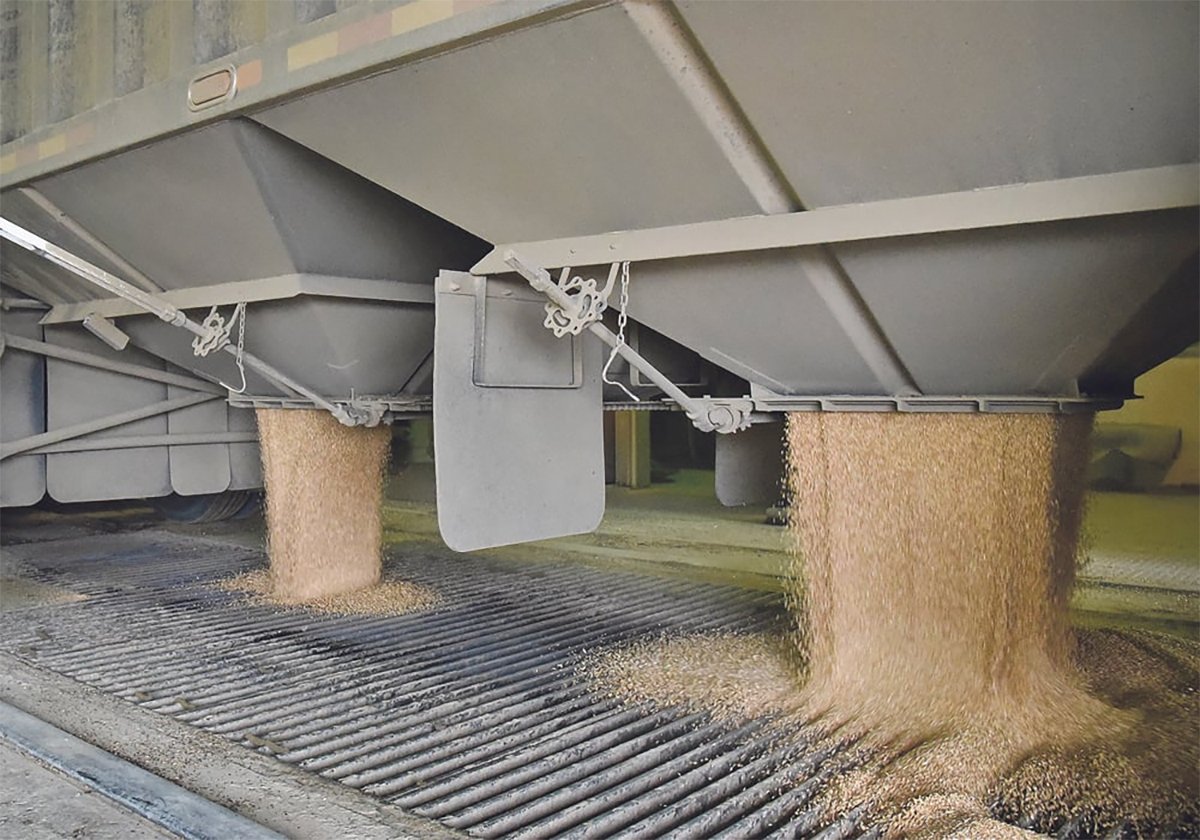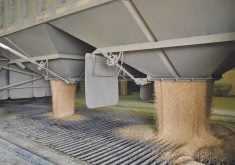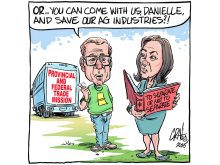Last week’s deluge of rain had barely stopped in central Saskatchewan when farmers in the Spalding, Sask., area announced plans for a June 21 protest, saying governments aren’t acting quickly enough to help those affected by excess rainfall and flooding.And the rain hasn’t stopped yet in some areas.It is a sign of the extreme frustration farmers are feeling across the three prairie provinces as rainfall prevents seeding and standing water damages crops already planted.Financial help is needed by many, and it is needed as quickly as possible. Millions of acres will not be seeded this year and that will have damaging effects.Farmers’ incomes will clearly suffer. Crop inputs ordered but not used must be paid for. Seed planted but now drowned or rotten, and fertilizer applied but now washed away, represent huge expenses without corresponding return.Flooding has damaged rural roads and other infrastructure in many areas of Alberta and Saskatchewan that will have to be repaired at taxpayers’ expense.Canola crushing plants are unlikely to see desired tonnage. Input suppliers will find orders drastically reduced.Farm equipment sales will suffer. Farm and agri-business labour needs will be lower, with a corresponding loss of jobs. Grain shippers will see reduced volume. Cattle weight gain is lowered in feedlots.Damage to rural economies is all but certain.Western premiers last week urged Ottawa to shore up support for prairie farmers . To their credit, Saskatchewan premier Brad Wall, Alberta premier Ed Stelmach and their respective agriculture ministers have surveyed some of the damage first-hand, as has federal agriculture minister Gerry Ritz.Ritz says crop insurance and AgriStability are the first lines of defence to assist farmers, though he hasn’t ruled out further aid. That’s good, because AgriStability hasn’t proven itself to be a speedy or satisfactory method of assistance.A recent survey by the Canadian Federation of Independent Business showed 58 percent of farmer respondents who participated in AgriStability were somewhat or very dissatisfied with it.In the same survey, 85 percent said the federal government has a role in helping producers address “drastic risks to income due to natural disaster, weather, disease or market failure.”Ideas have been put forward. Agricultural Producers Association of Saskatchewan suggests implementation of AgriRecovery, a program that promises quicker response to hardship created by natural disaster.Keystone Agriculture Producers advocates assistance to farmers beyond crop insurance and AgriStability, including reinstatement of the Cover Crop Protection Program. It would provide a one-time payment to help farmers protect flood damaged soil by planting a cover crop.The Saskatchewan NDP proposes an increase to the unseeded acreage payment, of $100 rather than $50 per acre, through crop insurance. Others suggest an advance on projected AgriInvest funds.Ritz and all provincial agriculture ministers will converge on Saskatoon July 5-7 for their annual summer meeting.By then, crop insurance deadlines will have passed and figures on unseeded acreage will be more accurate. It is an ideal time for all of them to see the scope of the problem and devise a plan for additional assistance to farmers harmed by excess moisture this spring.Then the ministers can get down to the other important business of improving business risk management programs so they will be quicker, more predictable, more responsive and less complicated than the options available now.
Read Also

Worrisome drop in grain prices
Prices had been softening for most of the previous month, but heading into the Labour Day long weekend, the price drops were startling.














